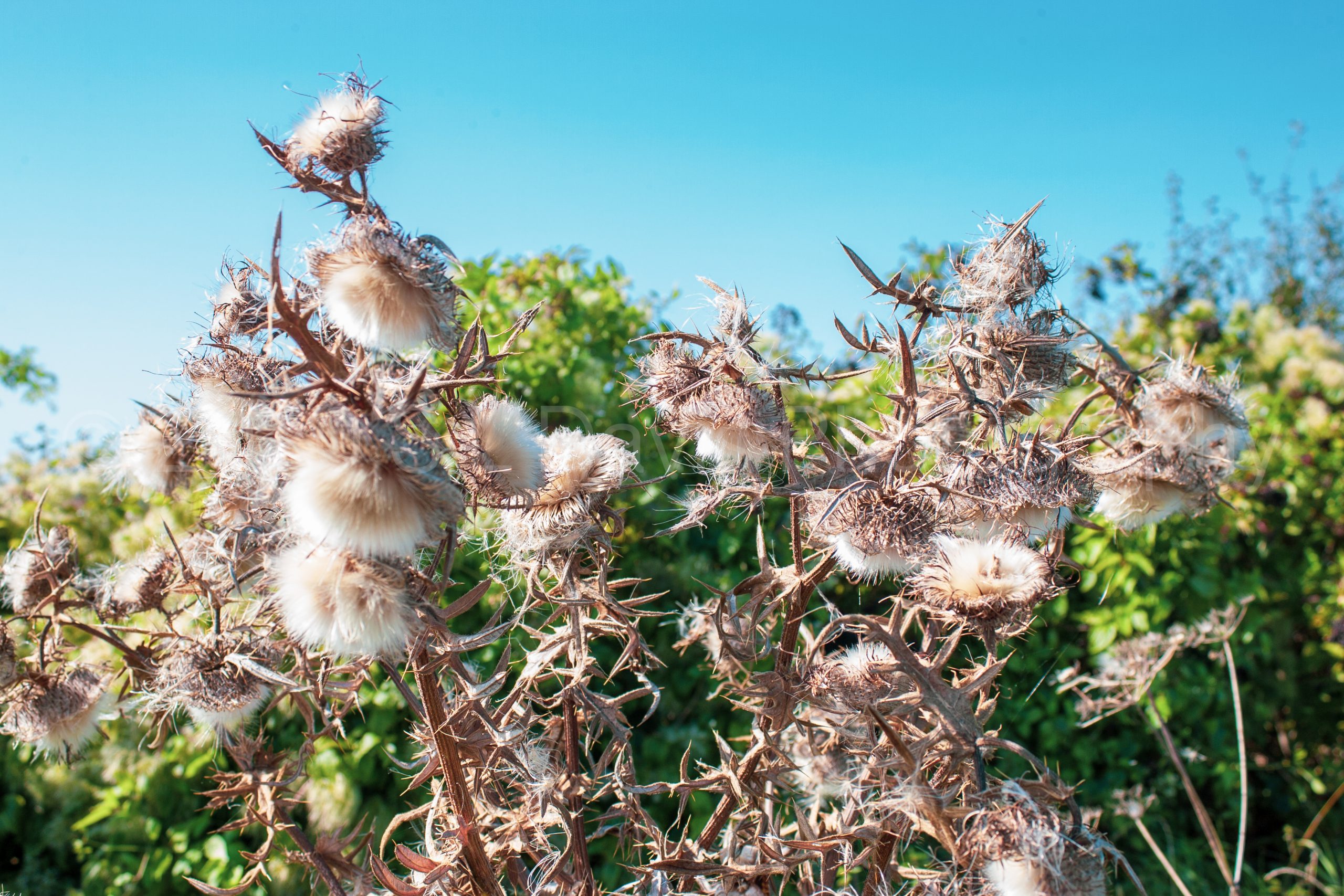
September was a busy month for me. I had decided to make the most of the Indian summer and the small amount of freedom permitted between lockdowns allowed me to visit some of my most favourite places in the UK.
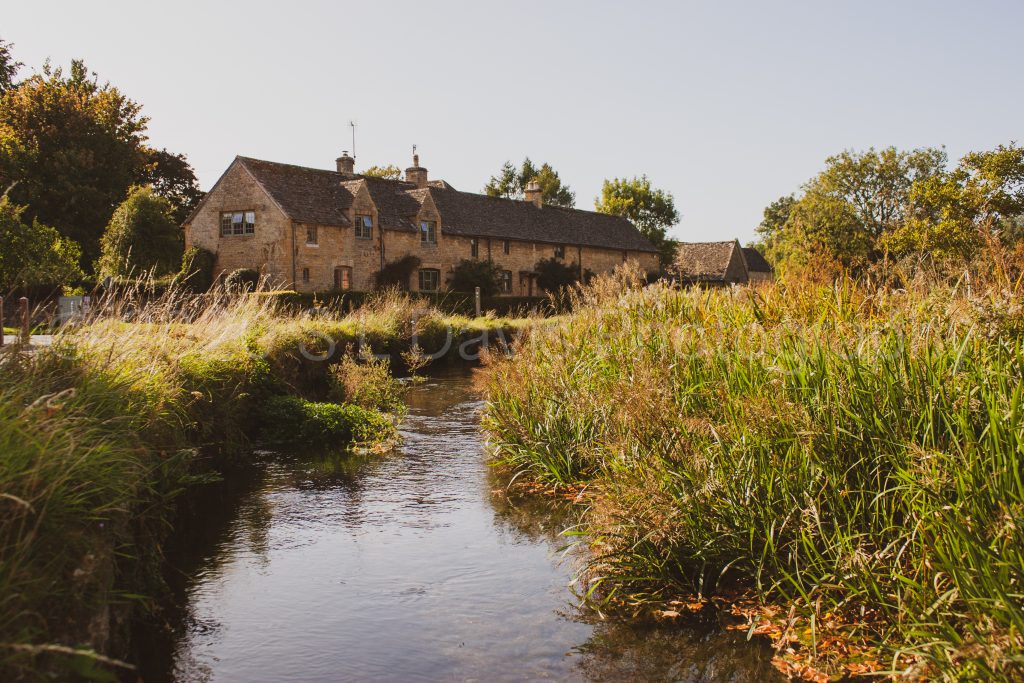
One of the places planned at short notice was the Cotswolds. Famous for its quintessential quaint old England style, depicting a simpler way of life in stunning countryside landscapes and architecture.
This part of the West of England, you will note is very much uniform in it’s architectural structure known as either Cotswold stone or Oxford Stone. The Cotswold hills are made of Oolitic limestone, which was formed during the Jurassic period, when what are now the Cotswolds were covered in a warm sea.
The first stop on my trip was to a place called Lower Slaughter. Located on the banks of the River Eye, this picturesque village is full of character and is home to a famous Old Mill, built in the nineteenth century, and was last in commercial operation in 1958. The Mill was once a flour mill whereby it was powered by water and by steam power. Records of the Mill appear in the Doomsday book of 1086 confirming its existence dated as far back in this locale for about 1,000 years.
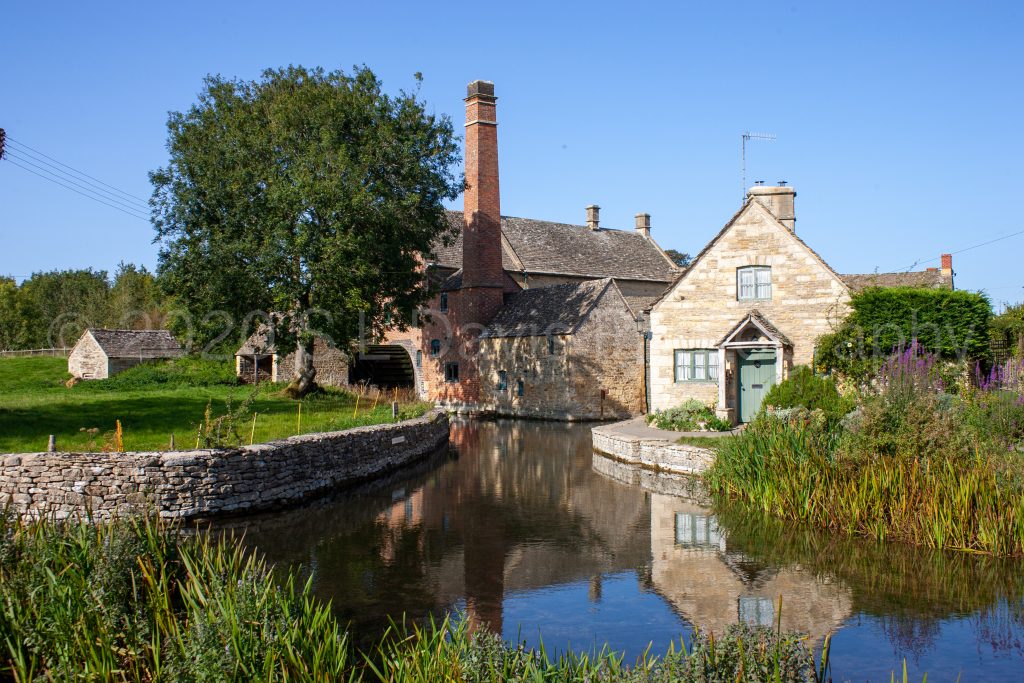
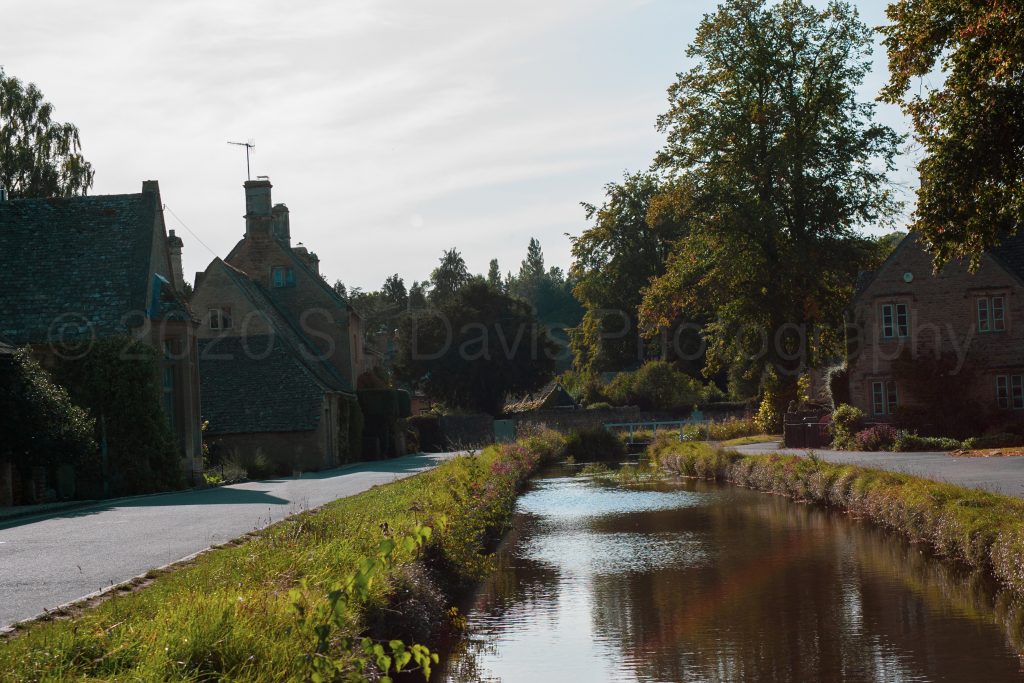
Nearby there is a lovely hotel and restaurant named The Slaughter Manor House, which is popular with tourists from all over the world and is situated next to the Eye stream. Along the Stream there is a picturesque walk and you will see Rainbow trout milling around near and under the small bridge pathways. There is also small waterfalls giving a real sense of a peaceful country life and a true calming of the senses.
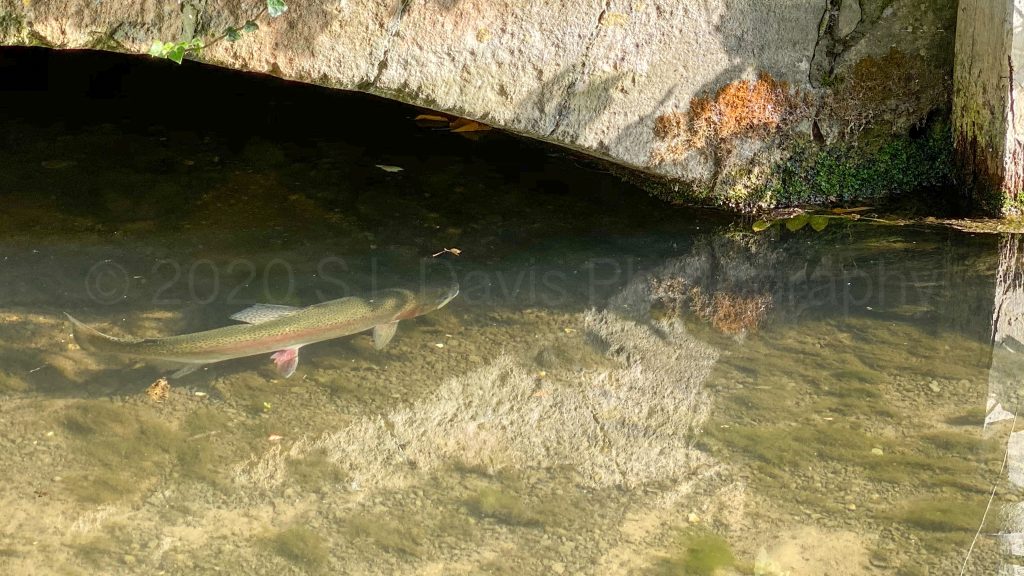
Opposite the stream, is an old church, The Parish of St Mary’s. The Church itself is dated back to the 13th century and was originally an Anglican Church. The current structure of the church was rebuilt in 1867 by the lord of the manor, Charles Shapland Whitmore. Monuments inside the church are dated as far back as the late 17th century.
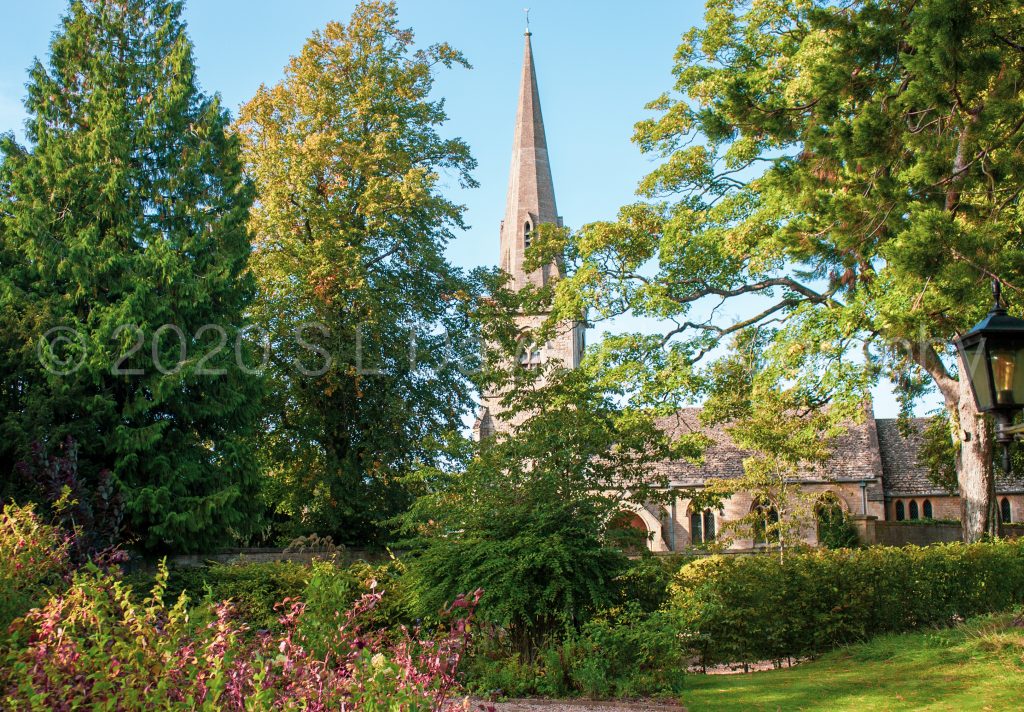
Due to time constraints in my schedule, I wasn’t able to explore much further than this and it was time to head onto the next destination in this stunning part of England, Bibury.
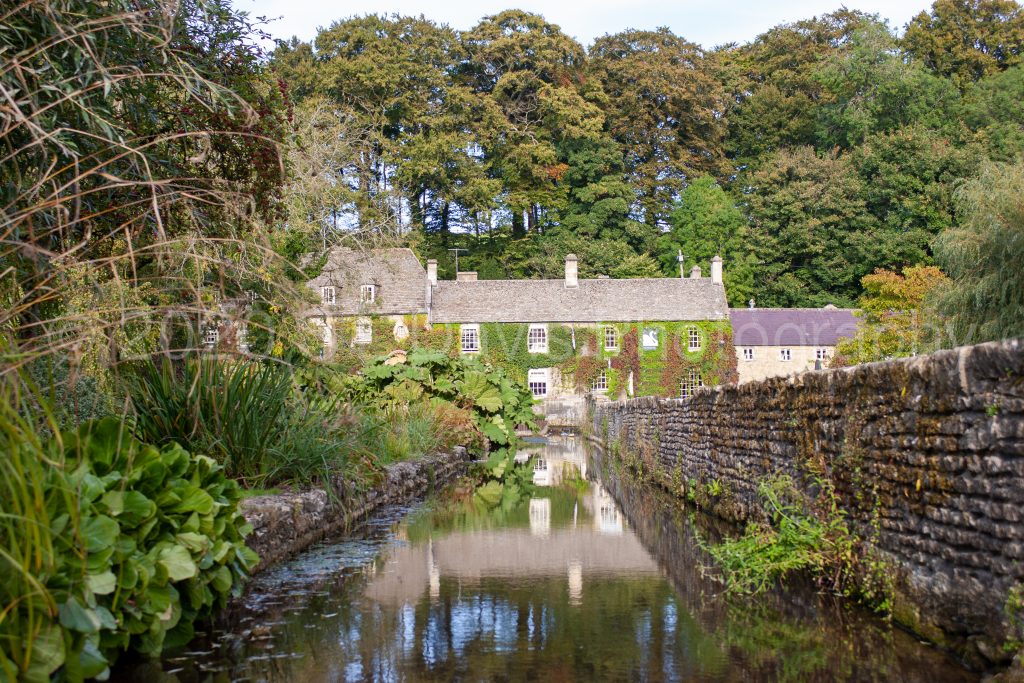
Bibury is possibly one of the most famous villages in the Cotswolds and there is very good reasons why. You can see from my photography, just how stunning the journey into Bibury is. To get this capture I had to pull over into an impromptu layby next to the Bibury Trout Farm which leads up the river to the Swan Pub. Only a minor bit of editing has been done by me to remove the road signs and a couple of tourists to give you the unblemished view of this stunning village.
Turning right and parking up alongside the River Coln, I took a slow stroll towards Arlington Row, stopping along the Riverside down some side steps that lead of the main street through gaps in the wall as you can see, to capture the beauty of the river running through this beautiful village. I found an enormous sense of peace, just sitting on these steps snapping away and listening to the sound of the river running past my feet and watching a cygnet and some ducks paddling the gentle flow of the waters nibbling on weed. The walls along the river have pink valerian growing out of the cracks and bushing out giving the splashes of extra colour to this perfect river view.
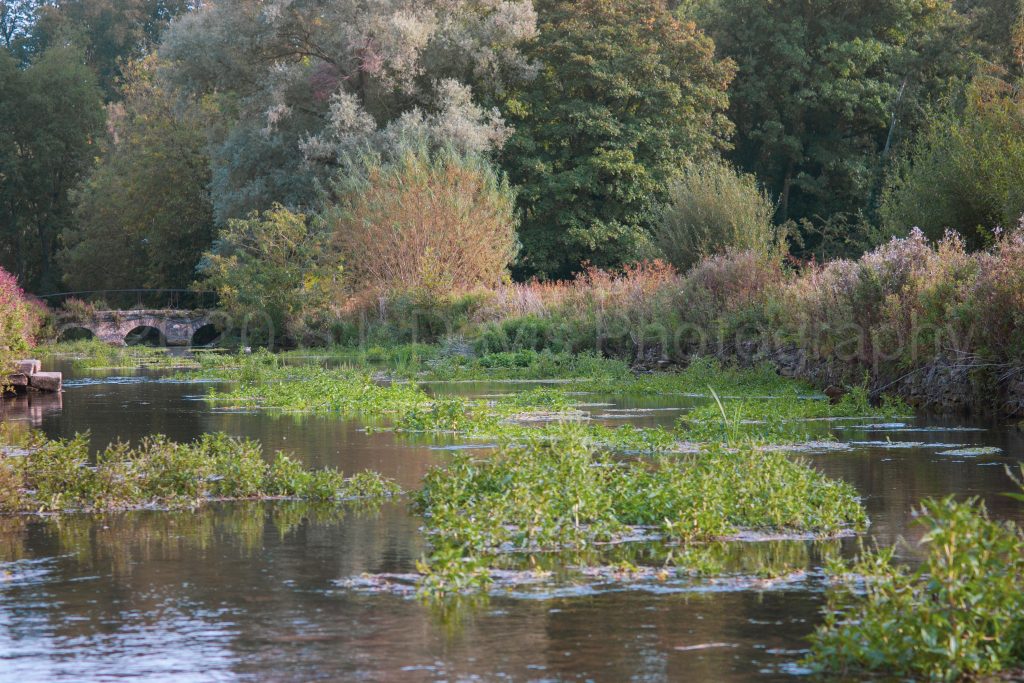
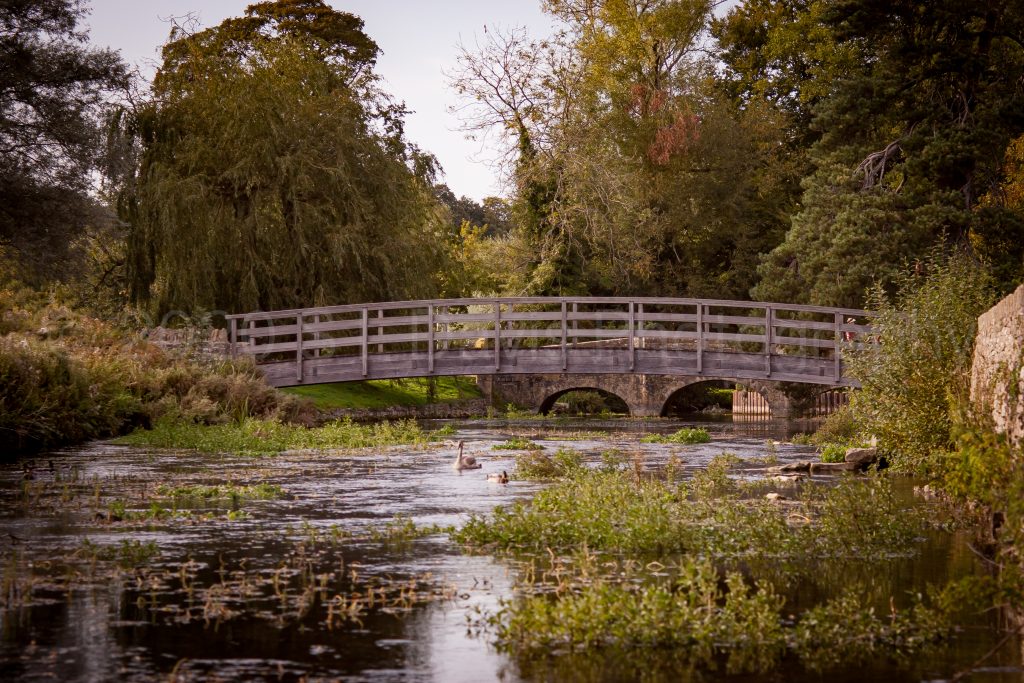
You may recognise the famous Arlington row, which is one of the most photographed streets in England and has featured in many film and television productions. Two popular productions that used the picturesque location of Bibury for filming are the high-grossing films like Bridget Jones’ Diary and Stardust.
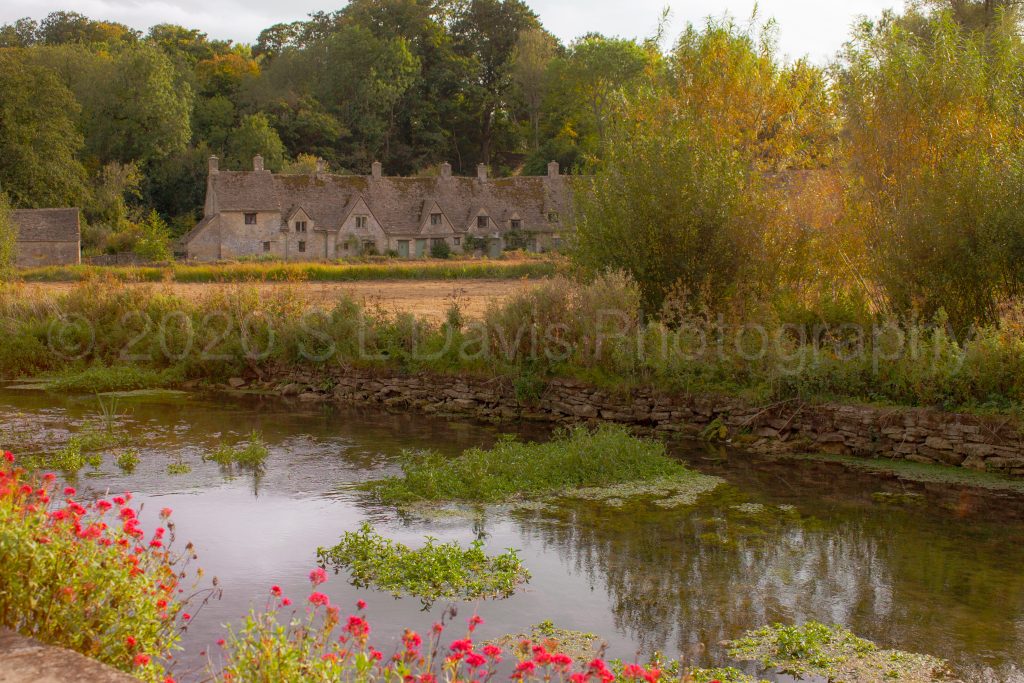
Arlington Row isn’t just a row of cottages in a side street, it is a small place called Arlington situated in the parish of Bibury, Gloucestershire. Arlington row was built in the late 14th century as a wool store. In the late 17th century it was converted into weavers houses . These cottages are Grade I listed buildings, owned by the National Trust and tenanted out. Running alongside these cottages is a feeder stream that comes off the River Coln. Walking around Bibury you are taken in by the many pretty cottages and side streets but it is also The Swan Pub and its stunning riverside garden that also draws attention.
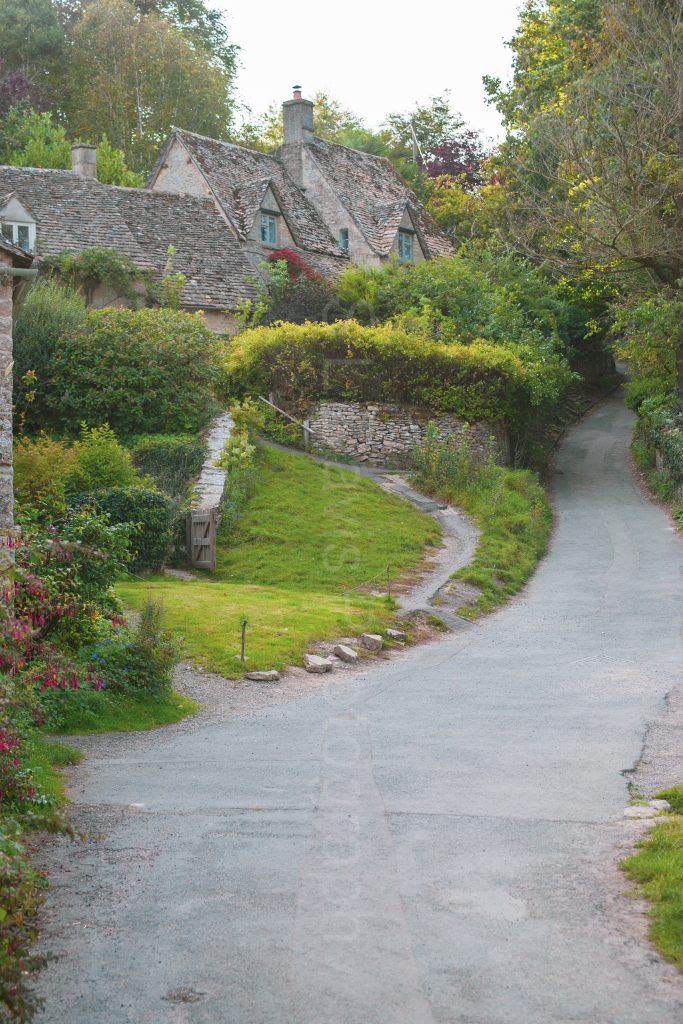
As I wandered back with the sun starting to lower in the warmth of a September afternoon, I took another pew on the steps by the small bridge that leads you into the cottages and snapped away and this stunning pair of mute swans, who were peaceful grooming themselves whilst snacking on bits of string weed.
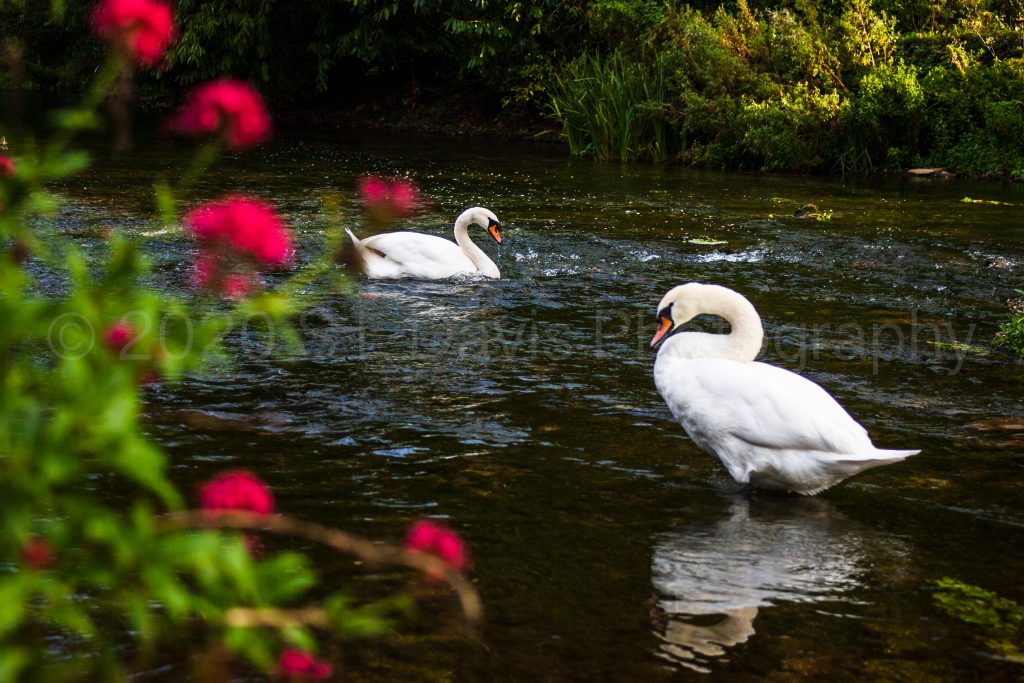
With the evening drawing in, it was time to head to my final destination in the Cotswolds to capture and take in the sunset, the next village is, Castle Combe which holds the reputation of being “The prettiest village in England.”
Making my way to this destination and keen to capture the sunset, I pass Kemble airfields. which is formerly known as RAF Kemble. You can’t really miss this airfield as it is where they retire old Boeing’s. The planes are neatly lined up in airline carrier order.
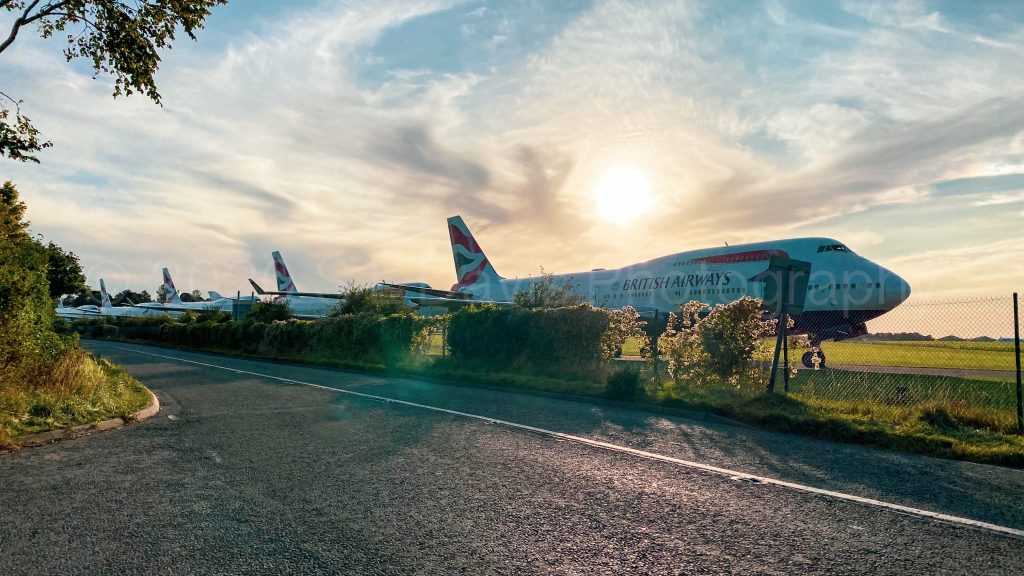
Castle Combe is another village that is often used by television and film productions and this road that runs through the village will look very familiar. One particular famous film and one that has already been mentioned that used this quaint location are War Horse and Stardust (again). It also featured in the Poirot productions. Unfortunately the famous hotel was closed off due to the pandemic so it was a stroll around the accessible parts and the church grounds.
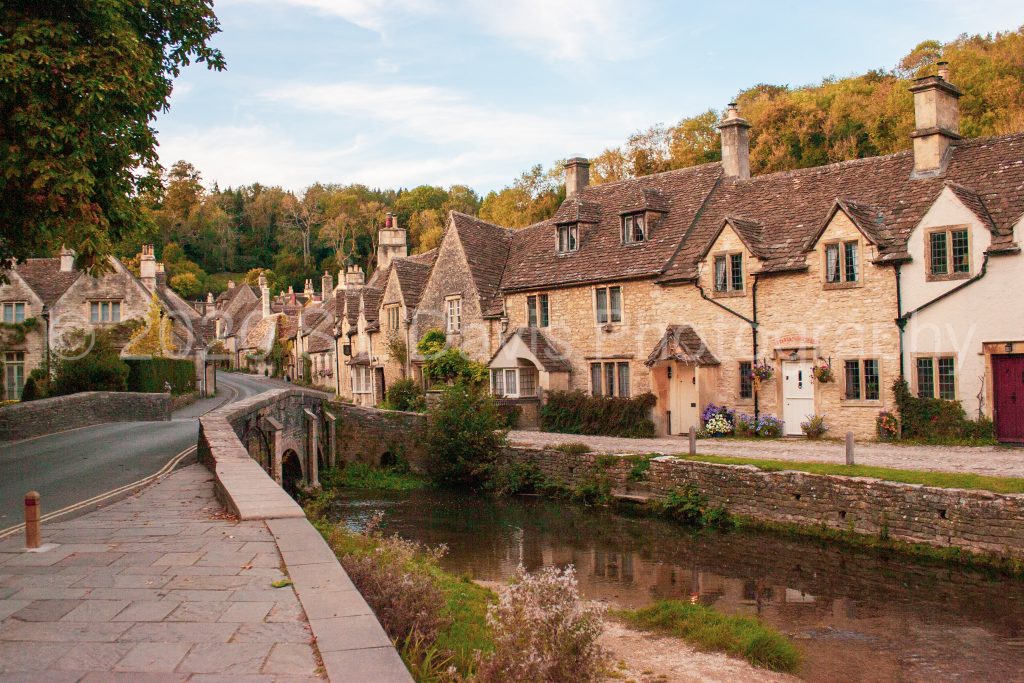
Castle Combe falls under Wiltshire and is named after the 12th century castle that once stood nearby. The history of this once market town was that it prospered during the 15th century when it belonged to Millicent, the wife of Sir Stephen Le Scrope and then of Sir John Fastolf, a knight from Norfolk who was the lord of the manor for approximately fifty years. It is said he was promoter of the woollen industry, and also supplied his own troops and this of the Henry V’s war in France. In the centre of the town you will see reminisce of the market with a Market Cross erected with pretty planting around it and locals congregated outside the pub situated opposite. To the left walking up you will see The Church of St Andrews that looks rather grand and imposing over this tiny village but not out of place.
St Andrews was originally built in the 13th century and further developed over the centuries to the 15th. The churchyard grounds are small and next to it is a private road with picturesque cottages.
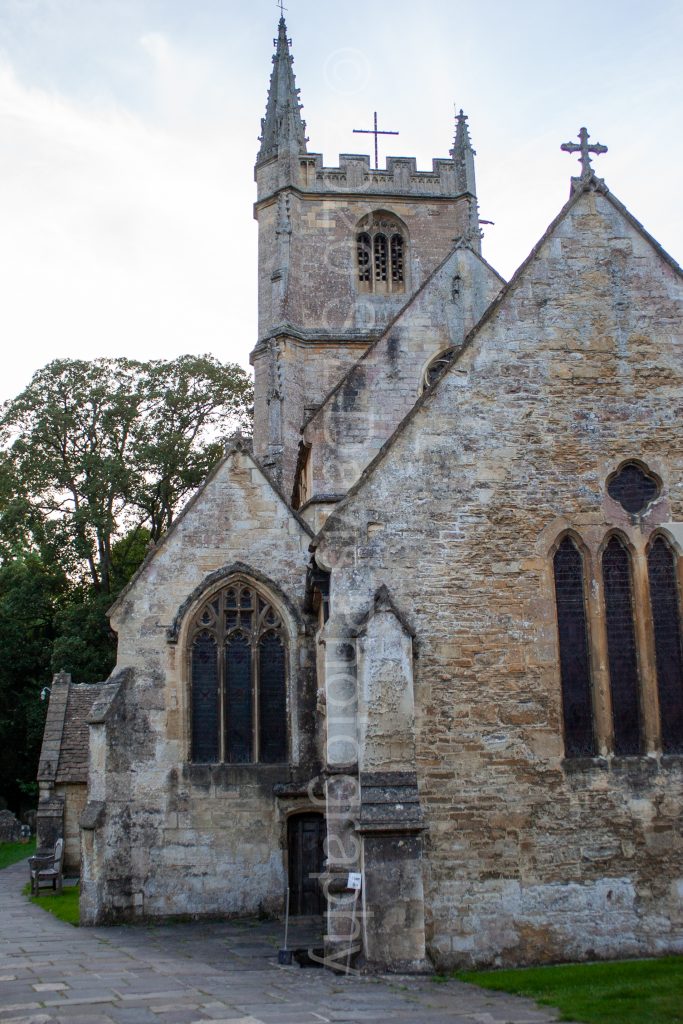
Following a stroll around my final destination it was time for higher ground and a layby farmers gate as a perch to capture the evening sunset.












These photos are absolutely beautiful and are really making me miss being in the Cotswolds. I’ll keep an eye out for Kemble Airfield next time.
Georgia, remember the Cotswolds are the best place for a weekend away or longer and no that far. Definitely make a plan to revisit this summer x
What beautiful photos 😍🙉🌞 i love Cotswolds 💖🥰
Stunning photos of the Cotswolds. I be so glad when I can move freely around the UK again and see stunning places like this. For now, the rolling hills of Hertfordshire will just have to do. 🙂